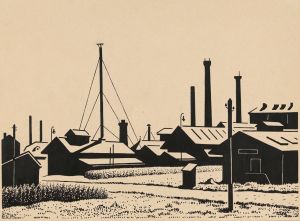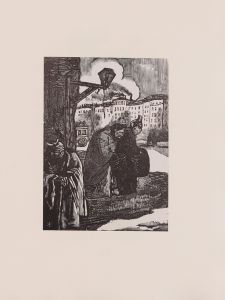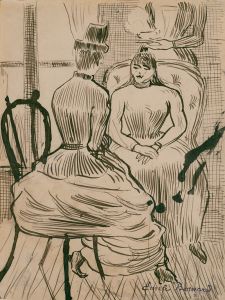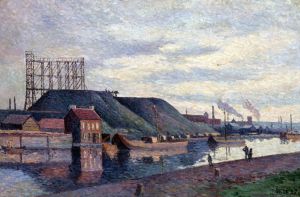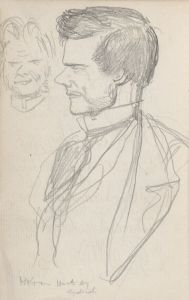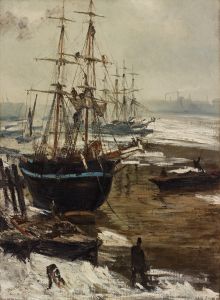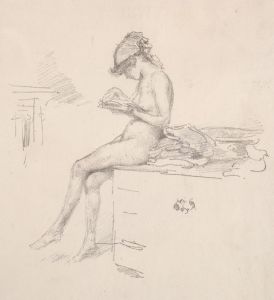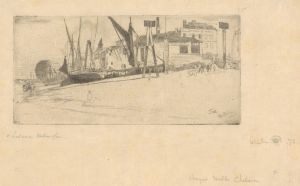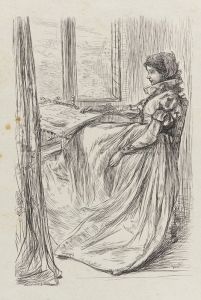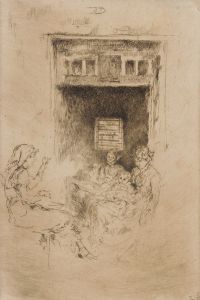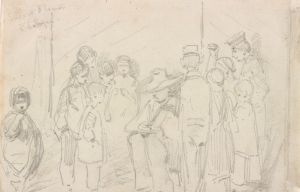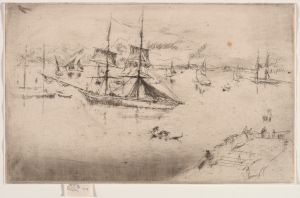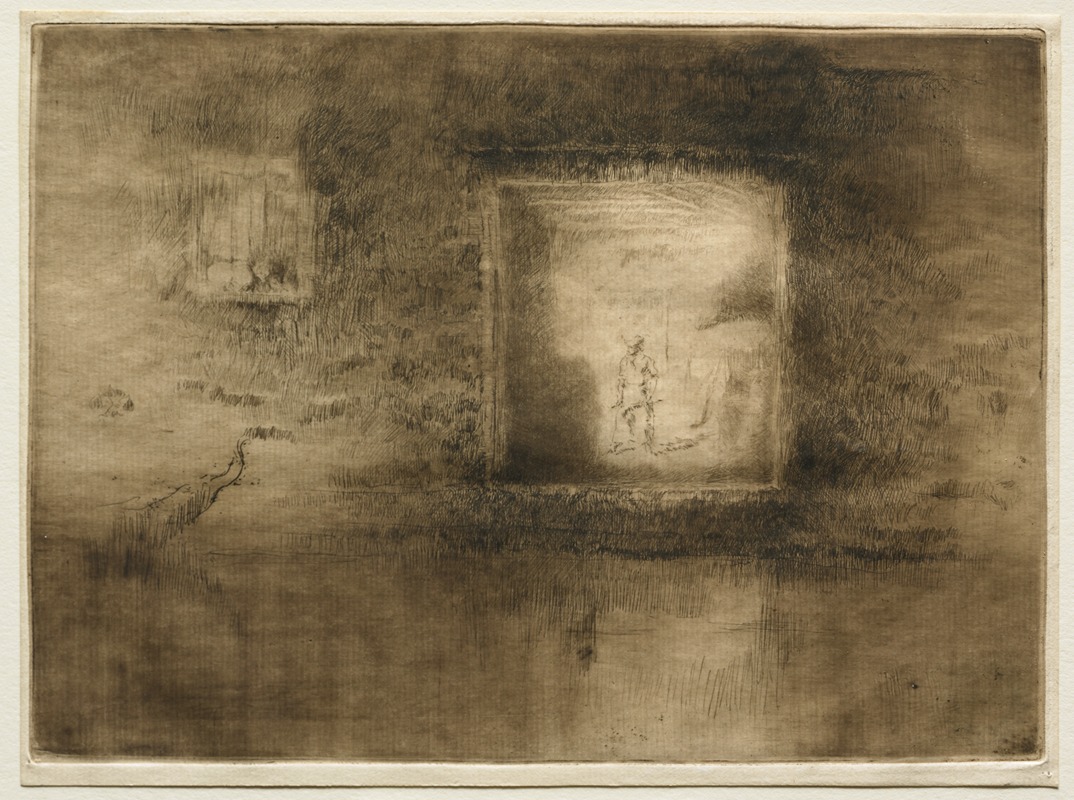
Nocturne; Furnace
A hand-painted replica of James Abbott McNeill Whistler’s masterpiece Nocturne; Furnace, meticulously crafted by professional artists to capture the true essence of the original. Each piece is created with museum-quality canvas and rare mineral pigments, carefully painted by experienced artists with delicate brushstrokes and rich, layered colors to perfectly recreate the texture of the original artwork. Unlike machine-printed reproductions, this hand-painted version brings the painting to life, infused with the artist’s emotions and skill in every stroke. Whether for personal collection or home decoration, it instantly elevates the artistic atmosphere of any space.
Nocturne; Furnace is a painting by the American-born artist James Abbott McNeill Whistler, who is renowned for his contributions to the Aesthetic Movement and his innovative approach to art during the late 19th century. Whistler is best known for his nocturnes, a series of paintings that depict scenes of London at night, characterized by their subdued color palettes and atmospheric effects. These works were instrumental in shifting the focus of art from narrative content to mood and composition.
Whistler's nocturnes were heavily influenced by his interest in music, particularly the compositions of Frédéric Chopin, whose nocturnes inspired Whistler to explore similar themes of mood and atmosphere in his paintings. The term "nocturne" itself suggests a musical composition that is evocative of the night, and Whistler applied this concept to his art, aiming to create visual equivalents of these musical pieces.
Nocturne; Furnace is part of this broader series, although specific details about the painting, such as its exact date of creation, dimensions, and current location, are not widely documented. Whistler's nocturnes typically feature muted tones and a limited color palette, often employing shades of blue and green to evoke the quiet and mystery of nighttime scenes. His technique involved the use of thin layers of paint to create a sense of depth and luminosity, capturing the ephemeral qualities of light and atmosphere.
Whistler's approach to art was revolutionary for his time, as he prioritized aesthetic experience over literal representation. This philosophy is encapsulated in his famous assertion that "art should stand alone and appeal to the artistic sense of eye or ear, without confounding this with emotions entirely foreign to it, as devotion, pity, love, patriotism, and the like." In this way, Whistler's nocturnes, including Nocturne; Furnace, can be seen as exercises in pure aesthetic expression, inviting viewers to appreciate the beauty of form, color, and composition without the need for narrative context.
The reception of Whistler's nocturnes was mixed during his lifetime. While some critics praised his innovative approach and the poetic qualities of his work, others were less receptive, struggling to appreciate the abstract nature of his paintings. Whistler famously defended his work in a libel case against the critic John Ruskin, who had disparaged one of his nocturnes. The trial, which Whistler won, was a landmark moment in the history of art, highlighting the shifting perceptions of art and the role of the artist.
Today, Whistler's nocturnes are celebrated for their pioneering role in the development of modern art. They are seen as precursors to movements such as Impressionism and Symbolism, which similarly emphasized mood and atmosphere over detailed representation. Nocturne; Furnace, like Whistler's other nocturnes, remains an important example of his artistic vision and his contribution to the evolution of art in the late 19th century.





